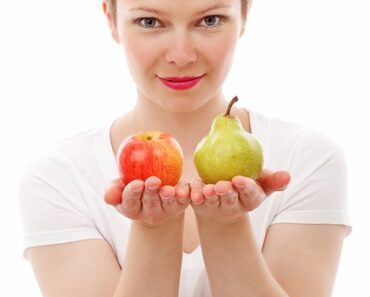Laundry detergents are a necessity, we need to wash our clothes after all, but have you thought about whether or not these products are safe to consume?
And by “consume” I obviously do not mean ingest, however, this is not the only way to avoid the damage detergents cause, as any form of contact with these products can have serious repercussions.
Now, it’s safe to say that not all laundry detergents are not safe to consume, and not all ingredients in the detergents are harmful, but keep reading to see which ones are, and how to find an alternative?
Contents
How Common Are Harmful Laundry Detergents?
Pretty common! If you walk in a supermarket aisle, it’s safe to assume that two thirds of the laundry detergents contain a deadly carcinogen, called dioxane. Its full scientific name is 1,4-dioxane, and is a man-made petro-chemical, that is not only found in laundry detergents, but shampoos, body washes, lotions, and even baby shampoos.
And get this, not only is it present, but its levels are extremely high, in comparison with the safe numbers set by the Environmental Protection Agency.
Take Tide for example, a very popular laundry detergent, sadly, it contains up to 55 parts per million (ppm) dioxane, compare that to a measly 5 to 10 million ppm that is considered dangerous, by the Organic Consumers Association (OCA) and the Green Patriot Working Group (GPWG). In fact, any kind of contact is harmful.
What Makes Dioxane So Dangerous?
It is a carcinogen, what makes it worse is that it is contaminating waterways, and is not biodegradable, nor can be removed through filtrations.
For these reasons, David Steinman, from the GPWG, and a former representative and the National Academy of Sciences, has made it his life’s mission to hunt manufacturers who include dioxane in their products, and force them to include it on their labels, or even eliminate them.
Will I Be Safe if I use Natural and Organic Products?
Sadly, no. dioxane has been found in natural and organic products. In fact, in 2008, the Attorney General of California filed lawsuits against Avalon Natural Products (Alba), Whole Foods Market California (365), Beaumont Products (Citrus Magic) and Nutribiotic.
What Do I Need To Look Out For In Products?
In addition to dioxane, among the most toxic ingredients are sodium lauryl sulfate (SLS) or sodium laureth sulfate (SLES), short for sodium lauryl ether sulfate, NPE (nonylphenol ethoxylate), and numerous so-called “phosphates”.
SLS is responsible of many symptoms, going from a simple eye and skin irritation, to organ toxicity, neurotoxicity, developmental and reproductive toxicity, endocrine disruption, mutations and cancer.
As for NPE, it has been shown to cause kidney and liver damage, decreased testicular growth and sperm count, disrupted growth and metabolic development, and increased mortality.
Phosphates are another dangerous ingredient, as they have been known to cause nausea, diarrhea and skin irritations. But their worst effects are in wastewater, destroying all life in lakes, streams and rivers.
What is The Alternative?
Luckily, there is a way out, as there are laundry detergents that are safe to use. When shopping, it is recommended by the Organic Consumers Association that you look for these words : myreth, oleth, laureth, ceteareth, basically, if it ends with “eth”, throw it out. Other ingredients are PEG; polyethylene, polyethylene glycol or polyoxyethylene; and anything with “oxynol in the name.
Everyone must be careful what they use in their household, what may seem safe, may include deadly ingredients. You can simply avoid all the hazards by making your own laundry detergent, or if that’s hard, buy a safe one. It’s also best to skip the fabric softener, and try to naturally treat the stains first, using baking soda, washing soda, and water.
Here are a few ideas for some homemade laundry detergents, using ingredients that you can find in your own pantry, and that way you’ll know for sure that you and your family are safe :
Baking Soda
Simple as that, just this one ingredient can help take off some of the nastiest stains you could imagine. You could use it to treat the stains before washing the clothes, or simply throw some of it in the washer with the fabrics and let it work its magic.
Mixture of Borax, Soap and Washing Soda
To these 3 ingredients, add some lemon or lime essential oils, mix them all and keep them in an airtight jar. And whenever it is time for laundry just use 1-2 tbsp per load, the stains should come off easily and you won’t worry about chemicals harming your skin.
Washing Powder
This one substitutes the borax with baking soda, the bar soap with castile soap, but the essential oils are optional. Mix these ingredients and you got yourself a harm-free laundry detergent. 1⁄8 of a cup should be more than enough to clean a load.
These are simply some of the ideas which can be helpful, the internet is full of other options, so make sure you share with us any other tips you have.






